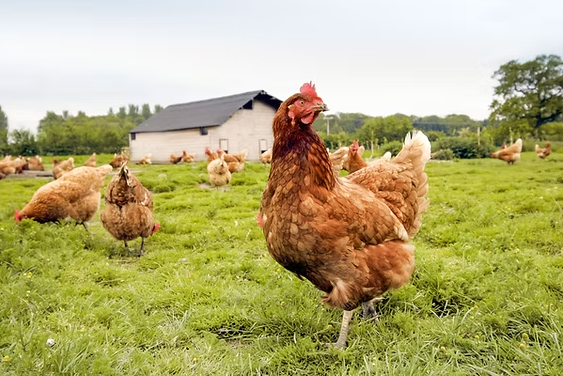This is the VOA Special English AGRICULTURE REPORT.
Wildlife experts like Jane Goodall are famous for studying animals in the wild. In recent years, a new kind of scientific study has developed. More and more experts are studying cows and pigs on farms. Such experts are called farm animal ethologists. They are similar to wildlife experts. They observe farm animals in their natural environment and interfere as little as possible.
The United States Department of Agriculture employs two farm animal ethologists. They measure stress in farm animals as part of efforts to improve the way the animals are treated. Stress is a mental or emotional influence that is harmful to the body.
Julie Morrow-Tesch was the first U-S-D-A farm animal ethologist. She says stress in animals can cause serious problems. These include slower growth, disease, injury and sometimes death.
Mizz Morrow-Tesch and her team work from a large vehicle that has cameras and other equipment. They work near large, open feeding areas for cattle in the state of Texas. Team members use hidden cameras or sit on top of the vehicle to study the animals. They observe the actions of individual cows every fifteen minutes.
Each feeding area has two-hundred or more cattle. The team can study several feeding areas at the same time. The vehicle keeps team members hidden from the cattle. The team uses special night-observation equipment to avoid the need for bright lights.
Mizz Morrow-Tesch and her team studied more than five-thousand cattle in thirty-one feeding areas. They recorded the cows feeding,drinking, standing, lying and walking. They also recorded aggressive actions among the animals.
Their observations already have identified some problems and possible answers. For example, they found that feeding the animals just before sunset instead of in the morning reduced aggression among the animals. Aggressive cattle may injure other animals.
The team also identified the value of protecting cattle in hot weather. Cattle kept away from direct sunlight reached their market weight twenty days earlier than animals in unprotected areas. Also, the protected cattle weighed about twenty-seven kilograms more than the other animals.
This VOA Special English AGRICULTURE REPORT was written by George Grow.
